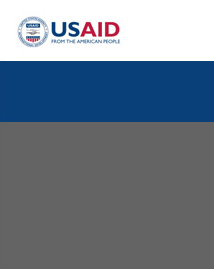Speeches Shim
Nepal is a severely food deficit country struggling to recover from a decade-long civil war. With an estimated GDP per capita of $524 (FY 2010), Nepal remains one of the poorest countries in South Asia, with about 25 percent of Nepalis living below the international poverty line of $1.25/day. According to the Nepal Demographic Health Survey, the rate of stunting among under-five children is 41 percent, wasting is 11 percent and underweight is 29 percent, reflecting widespread chronic malnutrition. Although the problem of under-nutrition is pervasive across all of Nepal, national aggregates mask wide disparities across socioeconomic groups and ecological regions.
Disparities also exist on the lines of gender. Three-quarters of Nepali women are unable to functionally read and write, making the illiteracy rate in Nepal one of the highest among low-income countries. Previous and ongoing USAID projects in agricultural development and food security substantiate the direct link between education and economic empowerment. There is also consistent and compelling evidence that when the status of women is improved, agricultural productivity increases, poverty is reduced and nutrition improves. Training in life skills, such as entrepreneurship, literacy, numeracy, basic health and nutrition, when combined with training in agriculture, leads to even stronger, more sustainable results. USAID’s Business Literacy project seeks to build on previous efforts and expand on integrated trainings that empower women and marginalized communities.


Comment
Make a general inquiry or suggest an improvement.